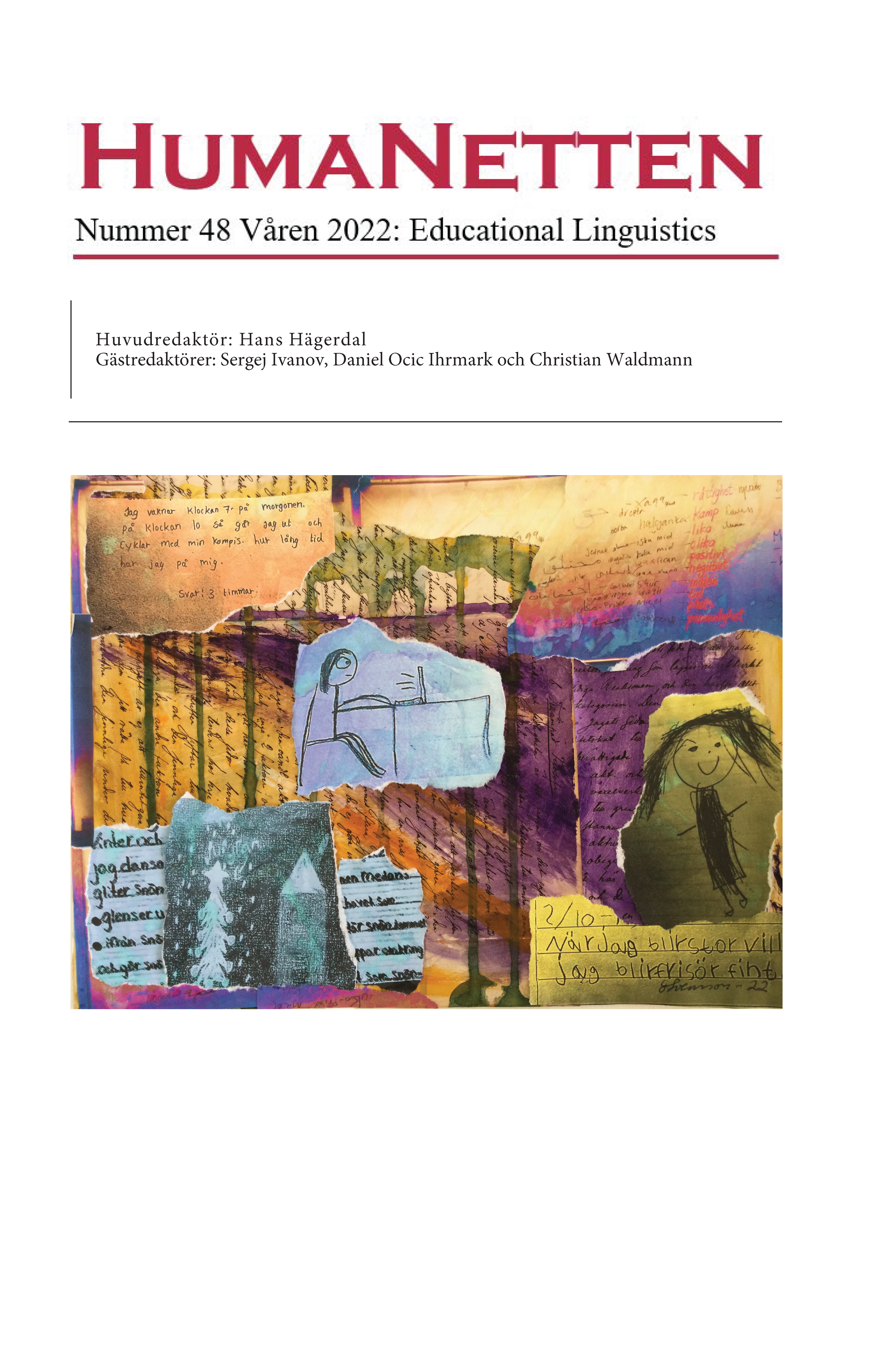Comprehending L2 Comprehension: A study of Arabic-Swedish bilingual preschoolers’ performance on a Swedish proficiency test
DOI:
https://doi.org/10.15626/hn.20224802Abstract
About a fifth of all children in Sweden learn the societal language Swedish outside of the home, i.e., they have Swedish as a second language (L2). Many of these children have lower socioeconomic status (SES) backgrounds, which predicts lower language proficiency. The aim of the present study is twofold: to contribute to a greater understanding of L2-Swedish proficiency in preschoolers with lower SES backgrounds, and to find out how proficiency tests should be adapted for bilingual children such that the tests are valid, i.e., unbiased to the language status (L1 or L2). We investigate test performance on a Swedish receptive language proficiency test (the Comprehension scale of The New Reynell Developmental Language Scales, NRDLS) which has a monolingual norming sample. The participants are 51 bilingual children (3-5-years of age) with Arabic as their L1, and who attend preschools in Swedish neighborhoods with lower SES. Results indicate that in contrast to the norming sample, bilingual children’s raw scores for subsections of the test are not progressively more difficult. Thus, we need to be aware that bilingual children’s high proficiency in a particular aspect of the language does not necessarily imply that they are proficient in aspects that would be considered easier from a monolingual perspective. In addition, there are indications that unfamiliarity with L2 lexical items, that are typically acquired early in L1, causes bilingual children to fail on tasks aimed at assessing syntactic skills, even though they appear to understand the syntactic pattern. We conclude with suggestions for special considerations and adaptations to assess individual L2-comprehension in preschoolers more accurately, such that practitioners in turn can support the children’s language development.
Statistik
Publicerad
Nummer
Sektion
Licens
© respektive författare. Det är tillåtet att kopiera och använda material ur HumaNetten för forskningsändamål om källan anges. För övriga ändamål kontakta respektive artikelförfattare.








